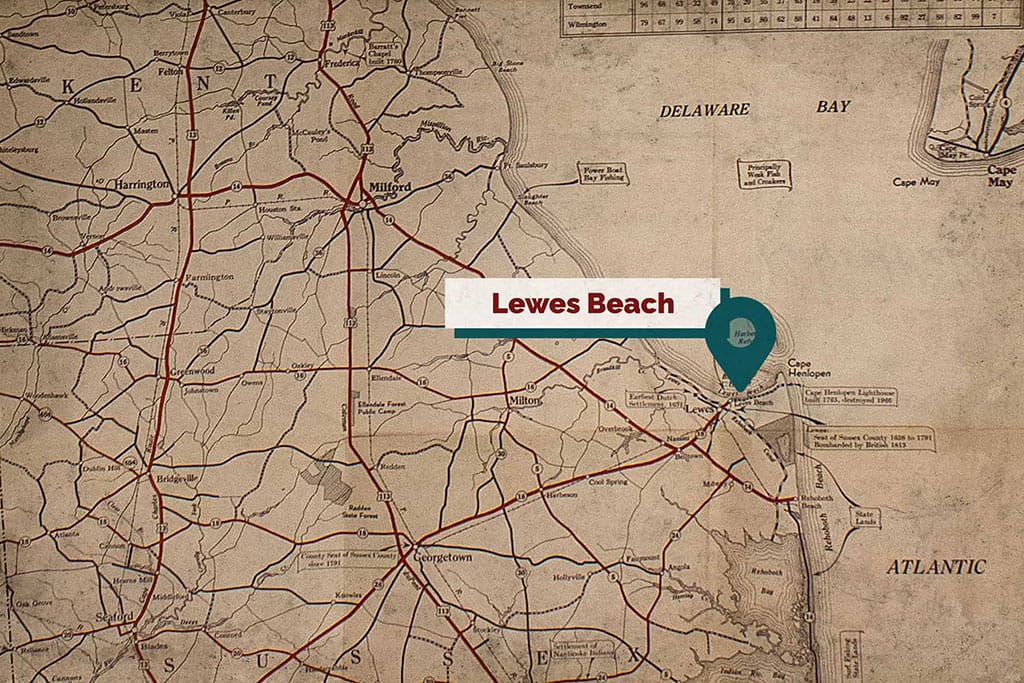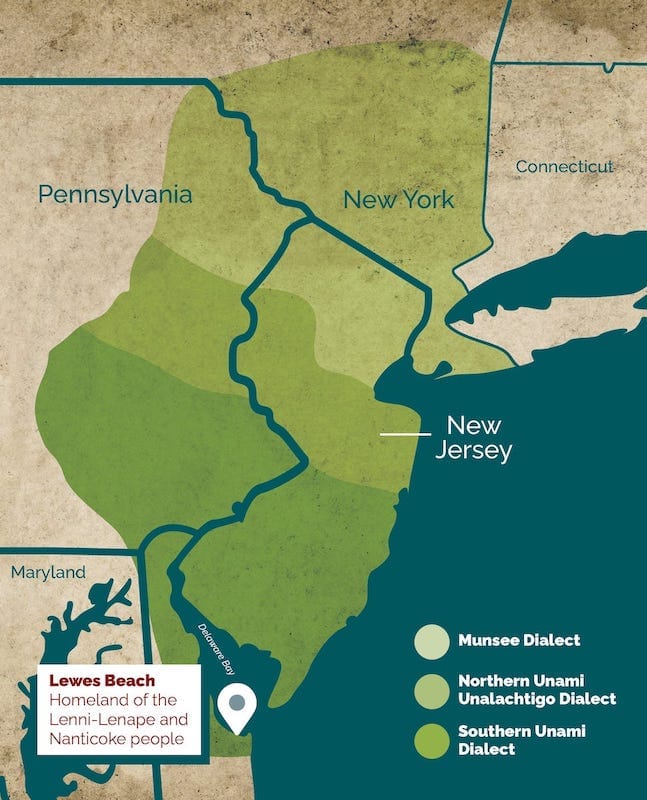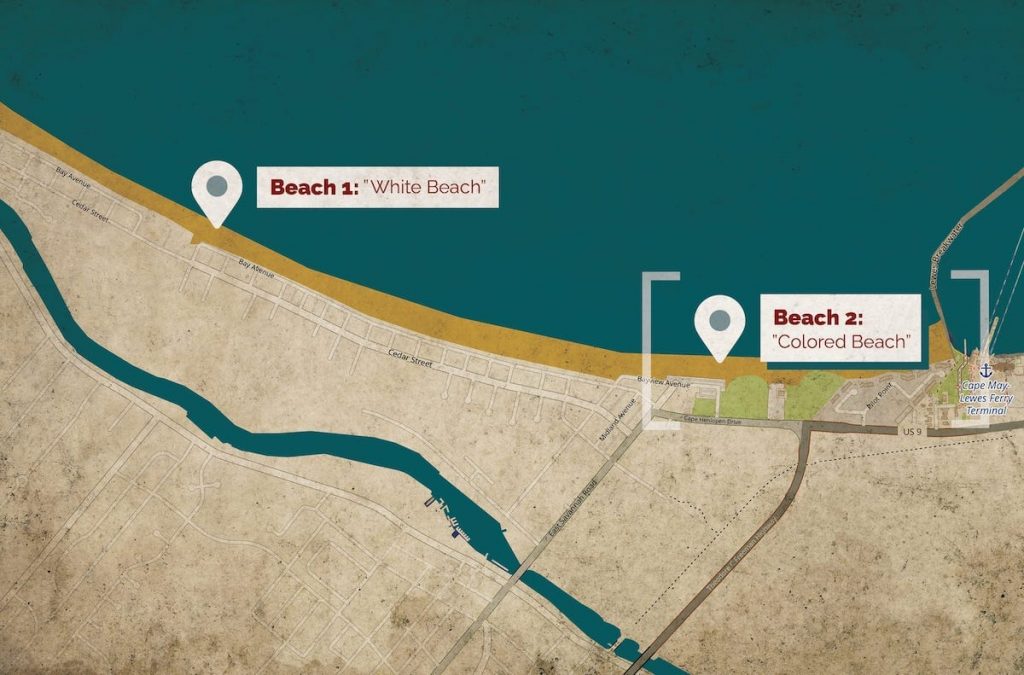During the Jim Crow Era
Lewes Beach

Lewes Beach is a part of the ancestral homeland of the Big Siconese people of Sickoneysincks Kill. The Big Siconese people were an Algonquin speaking people of the area. They were known as the “ancient ones” by many other tribes and were often called on to settle disputes between tribes. They first came into contact with white European settlers in 1609 when Englishman, Captain Henry Hudson sailed the Delaware Bay in the employ of the Dutch, in the ship Half Moon.

During the 1700s, as more white European settlers moved into the Three Lower Counties Upon the Delaware they encroached upon the homelands of the Indigenous people forcing them to move west and north. The Siconese people that remained along with other Indigenous people of the area moved into designated reservations until the reservations were eliminated between the 1740s and 1760s. Thereafter, the Indigenous groups lived in “Indians towns” and small tribal communities throughout the state.
On February 2, 1818, Lewes was incorporated by an act of the Delaware Assembly. By 1869 Lewes was expanding into a resort destination.


The end of the nineteenth and beginning of the twentieth century brought backlash from Reconstruction and the institution of Jim Crow, segregation laws in Delaware. These segregation laws extended to where people congregated at Lewes Beach. The section of the beach now designated as Beach 2 was known to some as the “colored beach” while the northern area of the beach now designated as Beach 1 was known as the “white beach.” Beach 2 was between the Dairy Queen and the location of the ferry on the beach.
Beach 2 was also known by some Black families and beach-goers as Johnnie Walker Beach. The beach was informally named after restaurant owner, Johnnie Walker who owned an establishment on the beach for Black people to visit to listen to music and to eat. At one point in time there was also a pavilion on the beach. There are also recollections of church services and baptisms at the beach.

Additional Resources
- Andrew Kramer, “This Delaware Beach May Be Renamed After An Important Name In Its History,” 07 Aug 2021, KYW News Radio, accessed August 17, 2021.
- Native Land, accessed July 15, 2021.
- Nick Roth, “Johnnie Walker’s at Lewes Beach One Step Closer to Reality,” Cape Gazette, 24 August 2021, accessed August 25, 2021.
- Nick Roth, “Lewes Commission Seeks to Name Beach After Johnnie Walker,” Cape Gazette, 16 July 2021, accessed August 17, 2021.
- Sterling Street, Zoom conversation with Kelli Coles, June 30, 2021.
- “The Ancient Ones,” Nanticoke Lenape Museum, accessed July 15, 2021.
- “The Keepers of the Land,” Nanticoke Lenape Museum, accessed July 15, 2021.
- “Timeline” Lewes Historical Society, accessed July 15, 2021.

